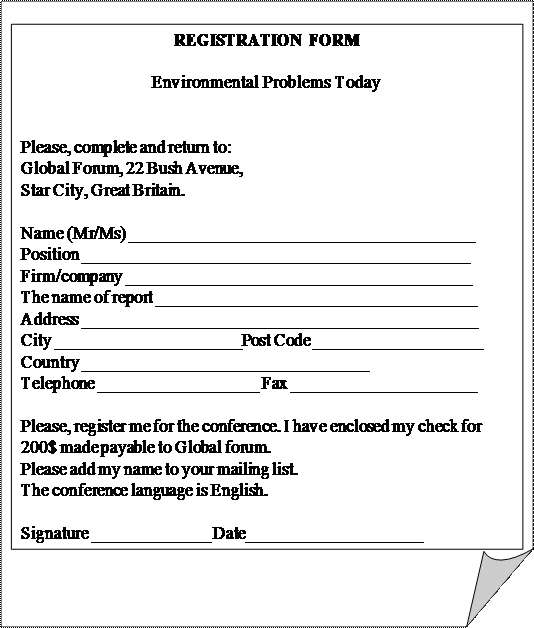Прочитайте и письменно переведите текст. Выполните задания после текста.
WHAT DO YOU KNOW ABOUT SNOW?
Snow forms when the atmospheric temperature is at or below freezing and there is a minimum amount of moisture in the air. Snow is not actually white. It only looks white. In some parts of the earth you can sometimes see snow that looks red, for instance, at the North and South Poles. High in the Alps climbers sometimes see a dark red landscape. This happens because microscopic red plants grow on the surface of the snow.
Some people remember black snowfalls in Virginia. Chicago had a brown snowfall in 1947 which was caused by a dust mixture.
Fresh snow looks delicate and fluffy. A cubic foot may weigh only one pound. But when snow is compressed – on your roof or in mountains – where it is hardened by wind and rain, it can weigh up to thirty pounds per cubic foot. It can crush buildings and fall down into mountain valleys.
Snow is not very cold. This substance is one of nature’s insulators. Farmers know that snow is the overcoat for their fields; it holds heat in the ground and keeps the seeds from freezing.
Snow is frozen water vapour. Warm tropical air creates a lot of snow; because tropical air contains great amounts of the water vapour needed to make snow. Ten inches of snow make just one inch of water. In 1885, 19-year old Wilson Bentley, an American scientist, got a microscope and a camera and used them to enlarge photographs of snow particles. He devoted all his life to the study of snow structure. We can learn about snow crystals from his book in which he published his discoveries.
Соотнесите русские и английские словосочетания.
| 1. amount of moisture | a.обрушивать здания |
| 2. red landscape | b. количество влаги |
| 3. to cause a snowfall | c. природный изоляционный материал |
| 4. to crush buildings | d. замерзший пар |
| 5. nature’s insulator | e. опубликовать открытие |
| 6. frozen vapour | f. частицы снега |
| 7. snow particles | g. вызывать снегопад |
| 8. to publish a discovery | h. пейзаж красного цвета |
Согласно информации, данной в тексте, подберите к каждому предложению (1-5) соответствующее продолжение (a-e).
1) In 1947 Chicago had a brown snowfall …….
2) Compressed snow can crush buildings ..…….
3) A lot of snow falls from warm tropical air ……
4) Ten inches of snow …………
5) Wilson Bentley used microscope and camera ………
a). ……… because there was much dust in the air.
b). ……… because it contains much vapour.
c). ……..... to enlarge pictures of snow particles.
d). ……... and fall down into mountain valleys.
e). …….... make just one inch of water.
Напишите, соответствуют ли предложения содержанию текста. Отметьте данное утверждение как T (True), если предложение верно передает содержание текста, и как F (False), если оно не соответствует его содержанию.
| Statement | True | False | |
| 1. | The colour of snow is white. | ||
| 2. | Fresh snow weighs thirty pounds a cubic foot. | ||
| 3. | Wind and rain can compress the snow. | ||
| 4. | Snow is a natural conductor. | ||
| 5. | Snow is frozen water. |
Найдите в тексте необходимую информацию и дайте ответы на вопросы, приведенные ниже.
1. When does snow form?
2. Why is there red snow high in the Alps?
3. How much does a cubic foot of fresh snow weigh?
4. How do farmers often use snow?
5. What were Wilson Bentley’s discoveries about?
Выполните задание в письменном виде.
Представьте, что как ведущего специалиста компании, Вас направили для выступления с докладом (report) на конференции, посвященной проблемам защиты окружающей среды в современных условиях и проводимой в Великобритании. Придумайте наиболее подходящие данные и заполните регистрационную форму.

